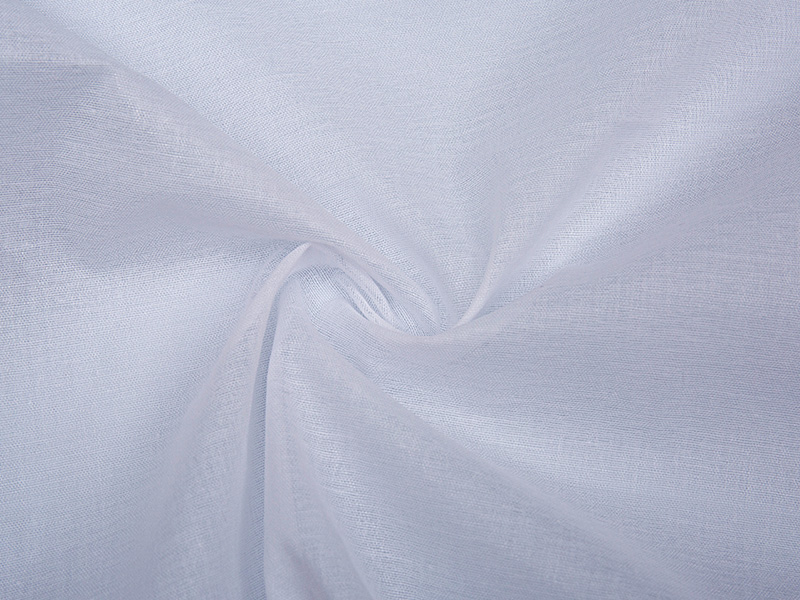Fusible Interlining technology innovation promotes the upgrading of the clothing industry
2025-06-05
The breakthrough application of Fusible Interlining in smart clothing
In recent years, Fusible Interlining (hot melt lining) technology has ushered in a revolutionary breakthrough and has become a key material for promoting the development of smart clothing. Traditional hot melt lining is mainly used to enhance the clarity and durability of clothing, while the new generation of intelligent hot melt lining embeds conductive fibers and temperature-sensitive materials to make clothing have functions such as temperature regulation and health monitoring. For example, some high-end sportswear uses a special Fusible Interlining layer, which can monitor the wearer's heart rate, body temperature and other data in real time, and transmit it to smart devices via Bluetooth.
In addition, significant progress has also been made in the research and development of recyclable environmentally friendly Fusible Interlining. Lining cloth using bio-based hot melt adhesive not only has the same adhesive strength as traditional products, but can also naturally degrade under specific conditions, greatly reducing textile waste pollution. This innovation is in line with the global sustainable development trend and provides clothing brands with more environmentally friendly auxiliary materials choices.

Fusible Interlining Automated Production Improves Industry Efficiency
With the advancement of Industry 4.0, the production process of Fusible Interlining is gradually fully automated. The intelligent coating system can accurately control the thickness and distribution of hot melt adhesives, ensuring that the adhesive performance of each batch of lining cloth is highly consistent. At the same time, the introduction of AI quality inspection technology has greatly reduced the error rate of manual inspection, reducing the product defect rate to below 0.5%.
In the clothing processing stage, the combination of automated cutting beds and intelligent ironing equipment has increased the fitting efficiency of Fusible Interlining by more than 40%. Some leading companies have begun to pilot "unmanned factories", from cutting lining to pressing and ironing the clothes, the entire process is completed by robots, significantly reducing production costs and shortening the lead time.
Global Fusible Interlining Market Growth and Competitive Landscape
According to industry reports, the global Fusible Interlining market size has exceeded US$5 billion in 2024, and is expected to grow at an average annual rate of 6.8% in the next five years. The Asia-Pacific region has become the largest consumer market, with the expansion of clothing manufacturing in China, India and Vietnam as the main driver. European and American markets pay more attention to high-end functional linings, such as radiation-proof and antibacterial special Interlining products.
In terms of market competition, traditional textile powers such as Germany and Japan still have an advantage in the field of high-value-added products, while emerging manufacturing countries seize the mid- and low-end market share through cost advantages. The trend of industry integration is obvious, and some leading companies have increased their technical reserves through mergers and acquisitions to cope with increasingly diversified market demand.
Fusible Interlining's future development trend prospects
In the future, the Fusible Interlining industry will show three major trends:
Functional diversification: In addition to traditional adhesive effects, the lining will integrate more intelligent modules, such as flexible sensors, energy harvesting devices, etc. in the future, to promote the development of wearable technology.
Popularization of green manufacturing: The stricter environmental protection regulations have prompted more companies to adopt renewable materials, and biodegradation Interlining may become the industry standard.
Customized production: small batches and multiple varieties of demand have grown, digital printing and on-demand coating technology have made personalized customization of lining cloth possible.
It can be foreseen that Fusible Interlining, as the core auxiliary material of the clothing industry, will continue to lead industry innovation and bring more possibilities to the global textile industry.
Contact Us for More Details
Don't hesitate to contact when you need us!


 English
English  中文简体
中文简体 








